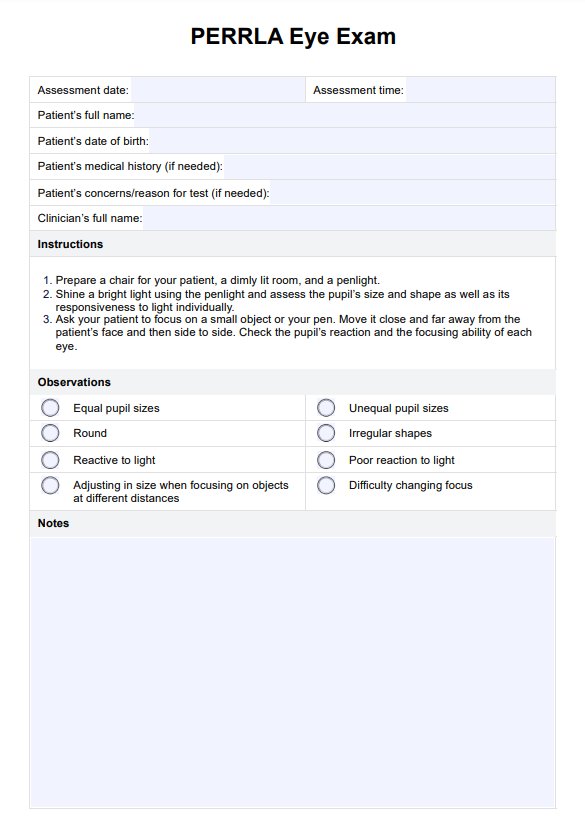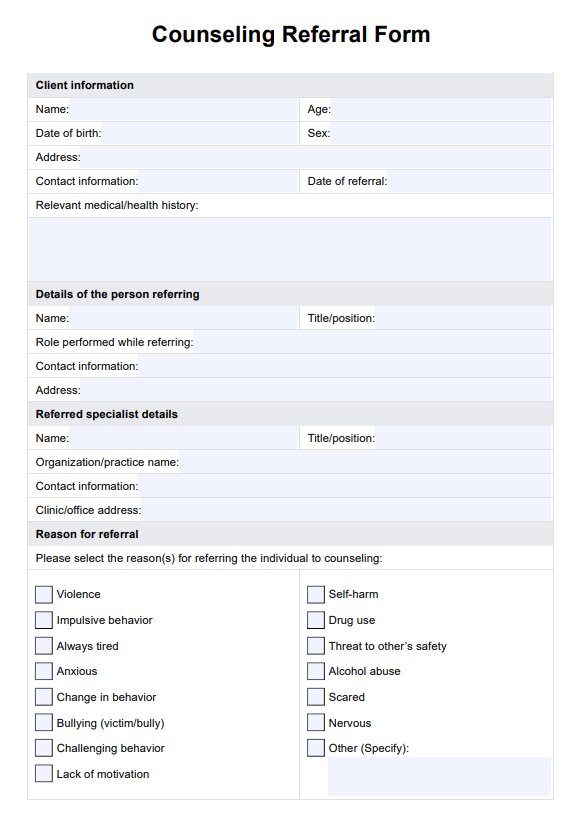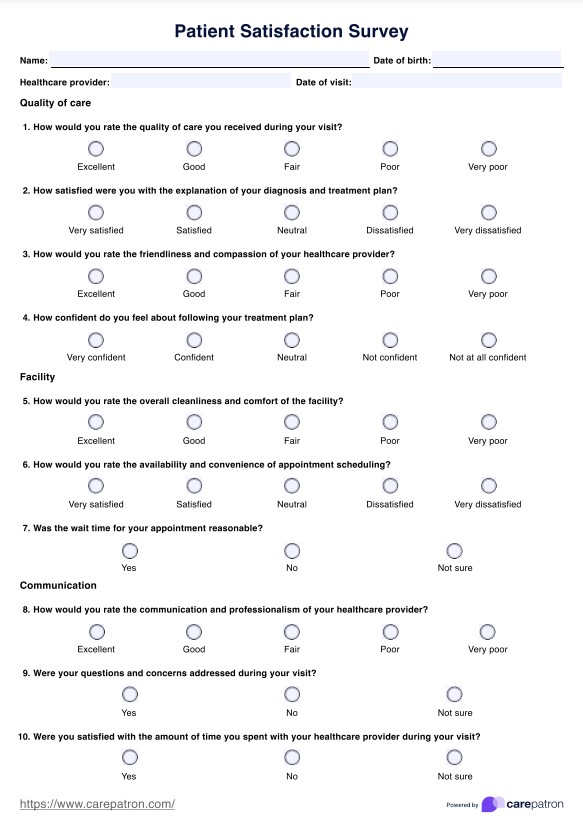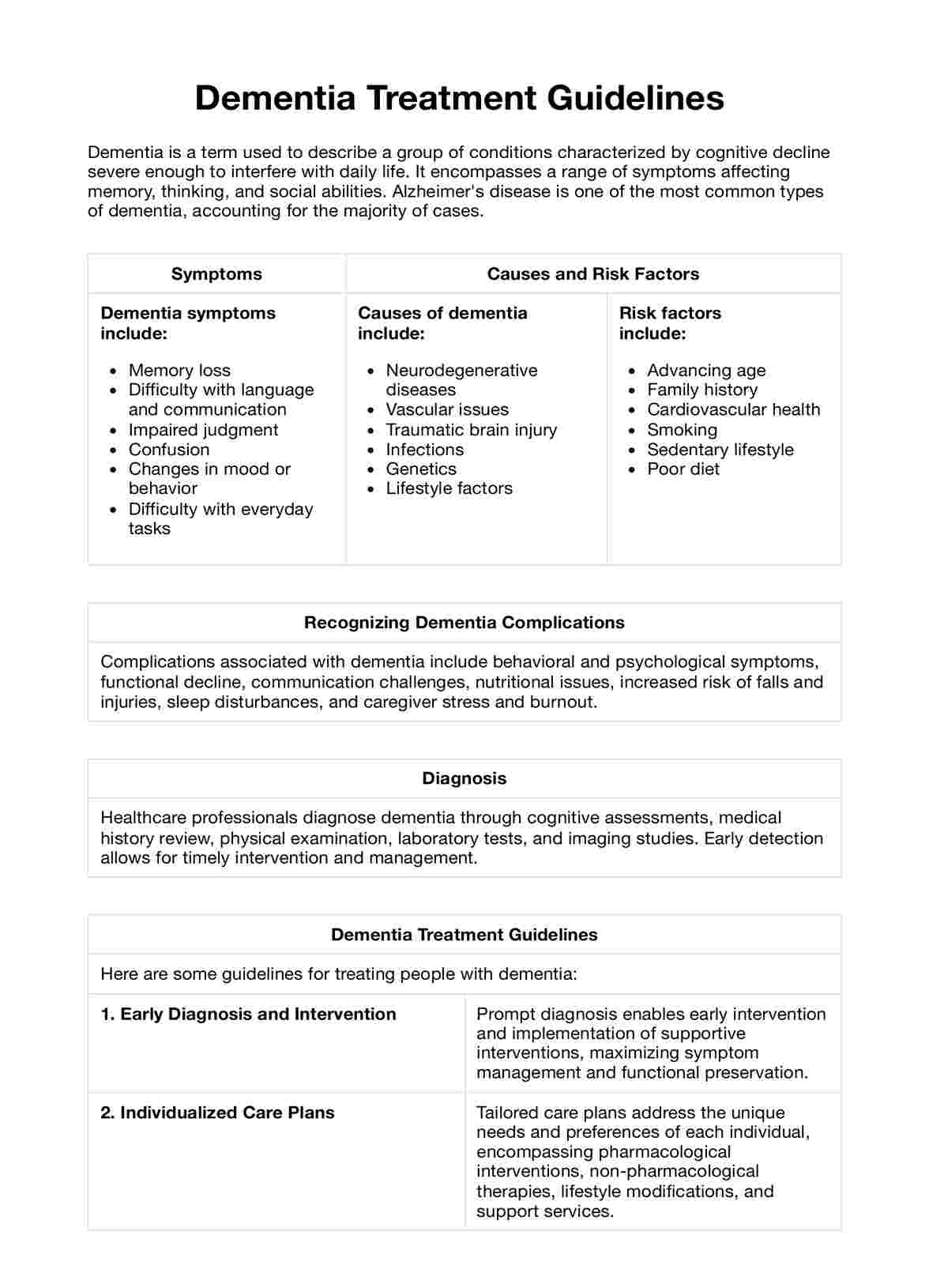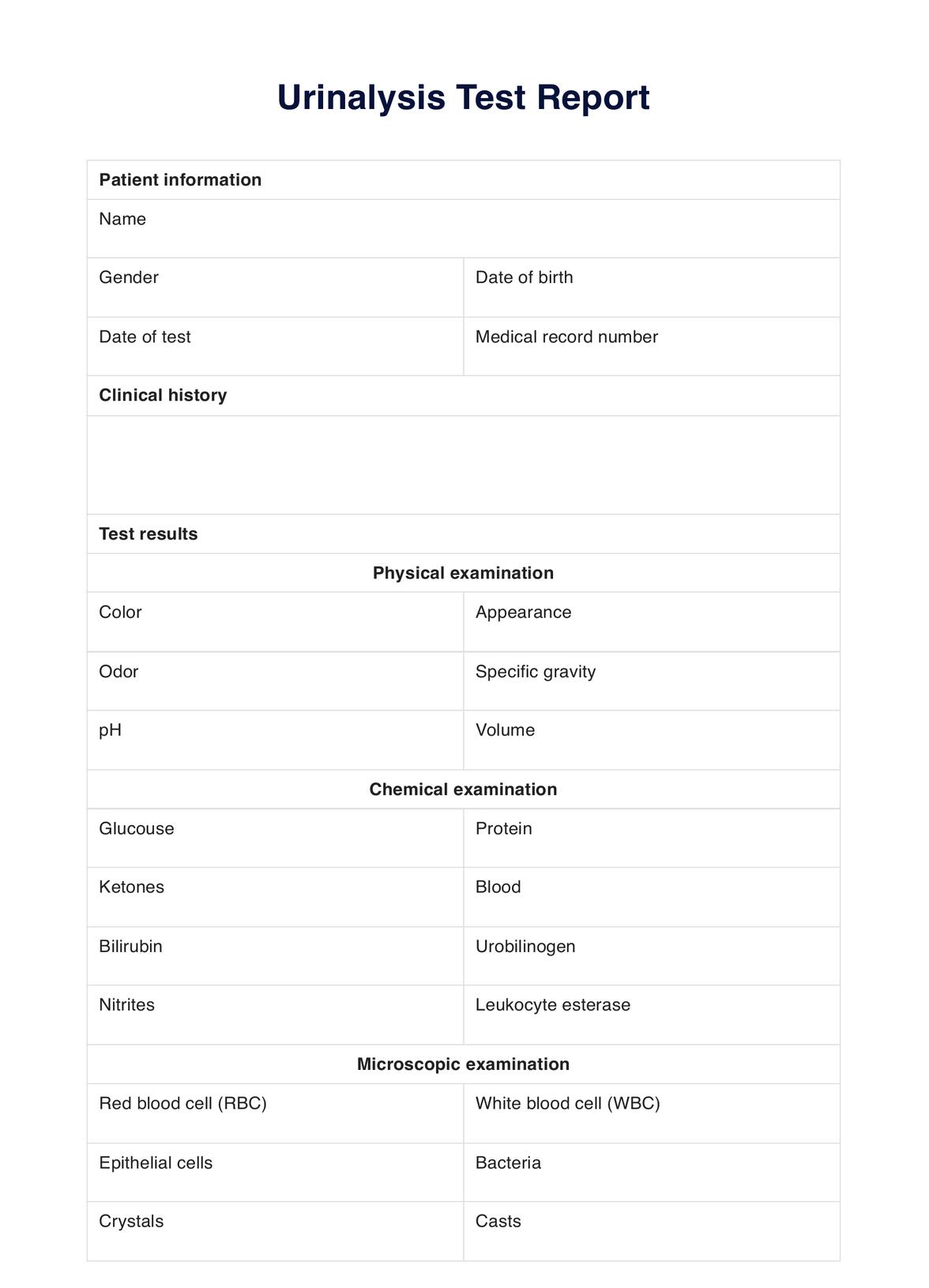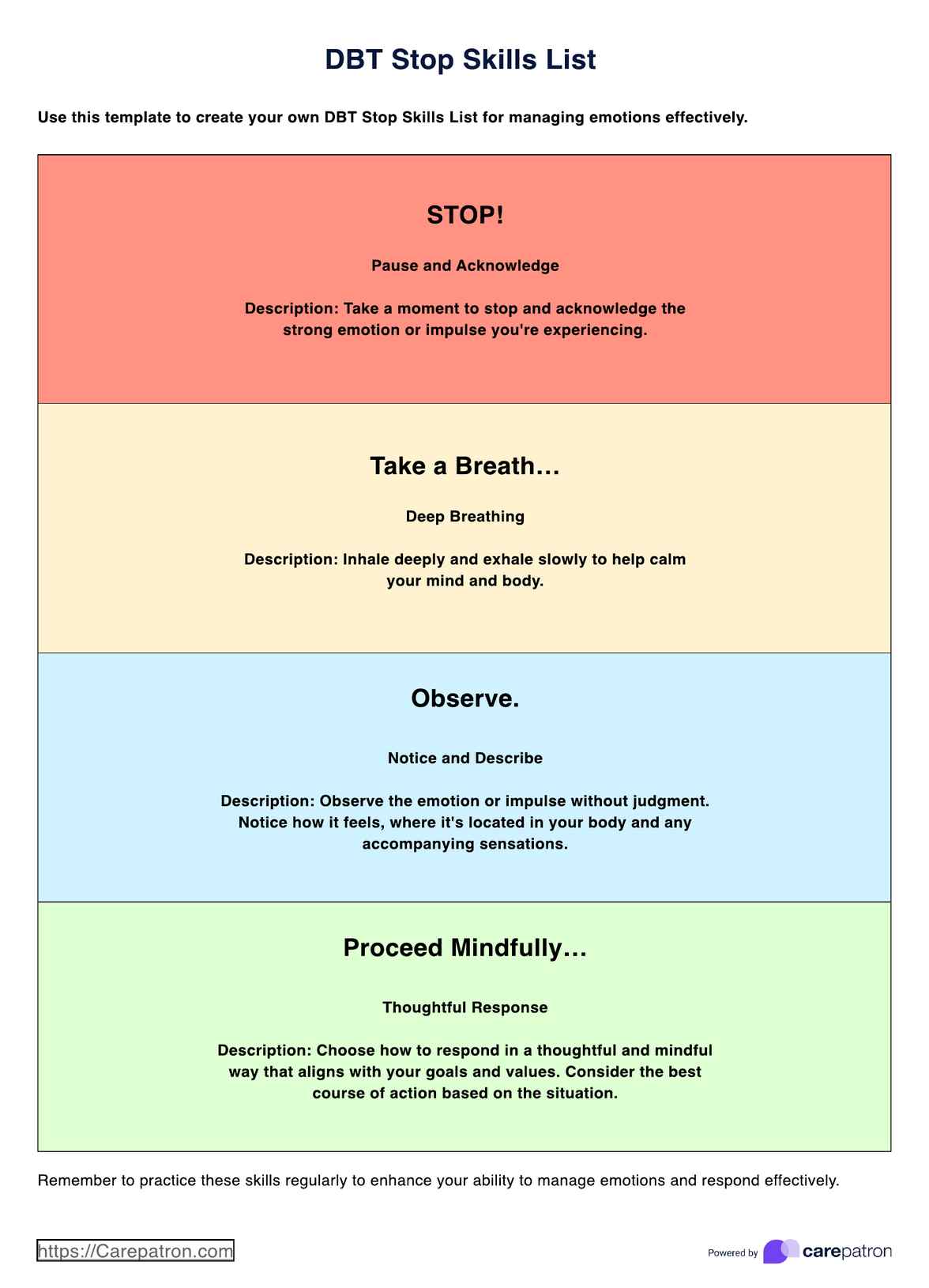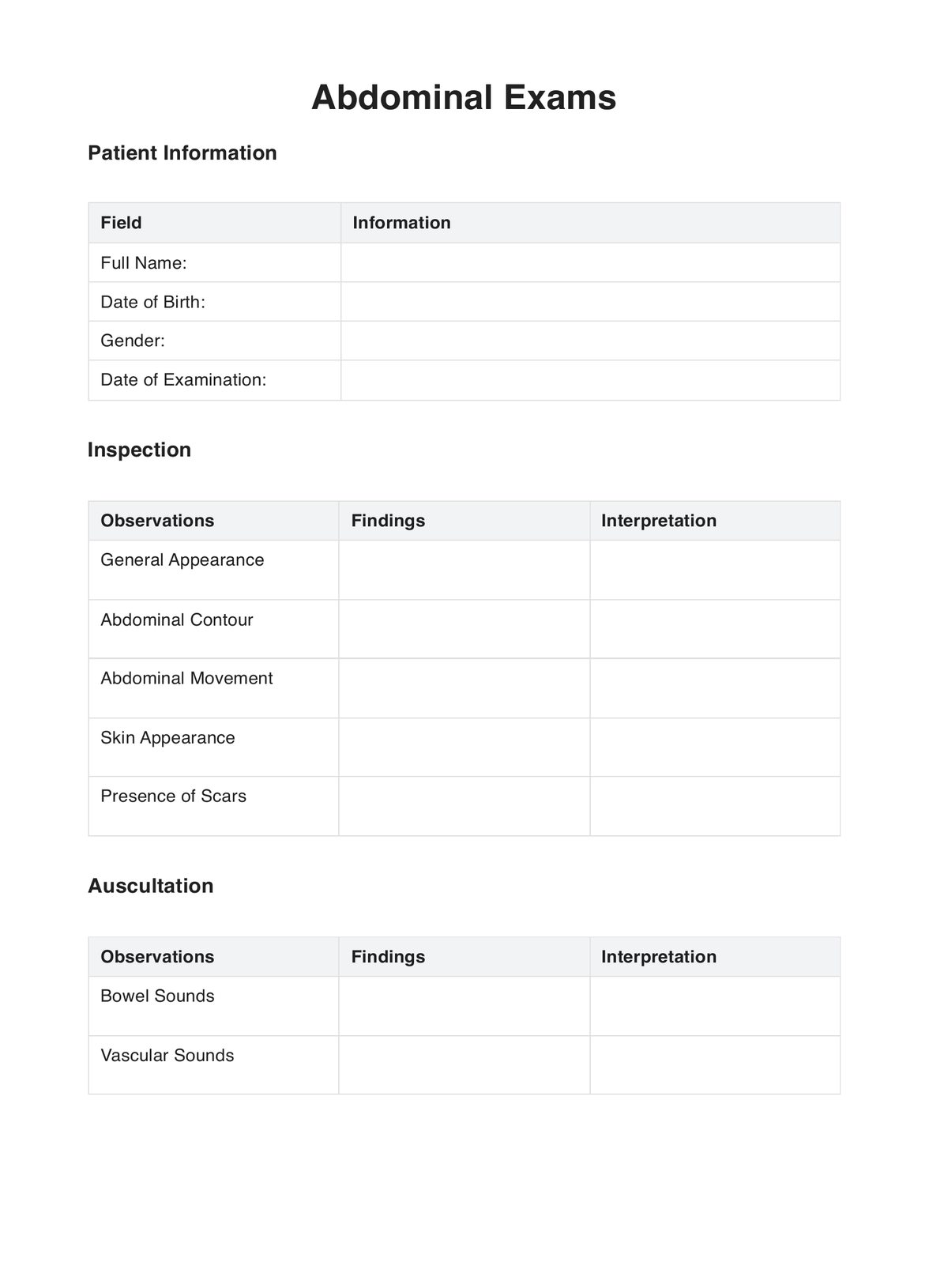Ammonia Levels Test Report
Get access to a free Ammonia Levels Test Report template. Create detailed reports for ammonia level testing and monitor potential hazards.


What is an Ammonia Test Levels Report?
Ammonia is a compound that is naturally produced in the human body. It plays a crucial role in the nitrogen cycle and aids in the synthesis of proteins. However, excessive ammonia levels in the body can lead to health complications. It can overwhelm the liver's capability to convert it into urea, resulting in an accumulation that may lead to confusion, fatigue, and, in severe cases, brain damage or death. Thus, monitoring ammonia levels is essential in maintaining optimal health.
Healthcare providers often conduct an Ammonia Levels Test to measure the amount of ammonia in a person's blood. This test is usually ordered for individuals with liver disease, kidney failure, or suspected ammonia toxicity.
It is a simple blood test that can be done at a doctor's office or laboratory. The procedure involves drawing a small blood sample from a vein, typically in the arm. The sample is then sent to a laboratory for analysis.
Ammonia level test results are measured in micrograms per deciliter (mcg/dL) or millimoles per liter (mmol/L). A typical range for ammonia levels in healthy adults is between 15 and 45 mcg/dL or 11 to 35 mmol/L. However, this range may vary depending on the laboratory and individual factors. All these results are typically documented in an.
The report includes the patient's personal information, such as name, age, and gender, along with the test date. It also lists the procedure followed and the equipment used for testing. The results are then recorded and compared to the normal range. If the levels exceed the normal range, it may indicate a potential health issue that should be addressed.
Ammonia Levels Test Report Template
Ammonia Levels Test Report Example
How does it work?
Carepatron's free Ammonia Levels Test Report lets you document and organize all relevant information about ammonia level tests in a single file. Here's how to use the template:
Step One: Access the report
Get a copy of the printable Ammonia Levels Test Report template using the link on this page. You may also download it from the Carepatron app or our resources library.
Step Two: Fill in the details
The report includes basic information about the patient and the test, such as name, age, gender, and date. You can also have additional notes or comments if needed.
Step Three: Record results
Document the ammonia levels test results in either mcg/dL or mmol/L. It is essential to compare the results with the usual range provided in the template.
Step Four: Interpret results
Based on the comparison, you can interpret if the ammonia levels are within the normal range or if further investigation is needed.
Step Five: Store for future reference
Save a digital copy of the report for easy access and future reference. You can also print and add it to your patient's medical records.
�?�When would you use this Ammonia Levels Test Report?
You can use the Ammonia Levels Test Report template to record and track a patient's ammonia levels over time. This can help monitor treatments or medications' effectiveness, assess liver function, and detect potential underlying conditions. Additionally, you may use this report to:
Screen for liver disease or other conditions affecting the liver
Our Ammonia Levels Test Report template can be used as part of a routine check-up or for diagnostic purposes to screen for liver disease. Elevated ammonia levels may indicate liver damage; further investigation or treatment may be needed.
Diagnose and monitor hepatic encephalopathy
High ammonia levels in the blood characterize hepatic encephalopathy due to liver dysfunction. Using this report template, you can monitor a patient's ammonia levels to help diagnose and track the progression of their hepatic encephalopathy.
Evaluate response to treatment
You can use the Ammonia Levels Test Report to assess a patient's response to treatment for conditions such as hepatic encephalopathy or liver disease. By regularly monitoring their ammonia levels, you can track whether the treatment is working and make necessary adjustments.
Guide dietary recommendations
Dietary modifications can sometimes play a crucial role in managing ammonia levels. The report can provide insights into whether a prescribed diet is helping to control ammonia levels, offering a basis for further dietary advice or adjustments.
What do the Ammonia Levels Test Report results mean?
Our free Ammonia Levels Test Report comprehensively analyzes the patient's ammonia levels. However, interpreting the results requires medical training and should be done by a healthcare professional.
Normal Results
In adults, normal ammonia levels range from 10 to 80 mcg/dL (micrograms per deciliter). However, this may vary depending on age, gender, and underlying medical conditions.
Elevated Results
Elevated ammonia levels may indicate liver damage or dysfunction, such as in cases of acute or chronic liver disease, hepatitis, cirrhosis, or hepatic encephalopathy. Certain medications, excessive protein intake, or dehydration could also cause this. Further investigation and treatment may be needed to address the underlying issue.
Decreased Results
Decreased ammonia levels are less common but can occur due to malnutrition or a diet low in protein. These lower levels could also indicate an issue with the body's ability to absorb and process nutrients effectively.
Abnormal results, either elevated or decreased, require further medical investigation. You can order additional tests to ascertain the root cause of these abnormal levels. Patients must follow their healthcare provider's advice and treatment plan to manage their ammonia levels and overall health effectively.
Note that ammonia levels may also fluctuate throughout the day and may be affected by recent meals, medications, or strenuous physical activity. Consider all these factors when interpreting your patient's results.
Commonly asked questions
Healthcare professionals such as doctors, nurses, and dietitians may order an Ammonia level test for patients with liver disease or dysfunction symptoms.
A blood sample is usually taken from the patient's arm or hand and sent to a laboratory for analysis. The test can also be done using a small amount of cerebrospinal fluid (CSF) from a lumbar puncture.
Ammonia Levels Test Reports assess the ammonia level in a patient's blood or cerebrospinal fluid and diagnose potential liver or metabolic disorders. They can also monitor progress and treatment effectiveness in patients with known liver disease.


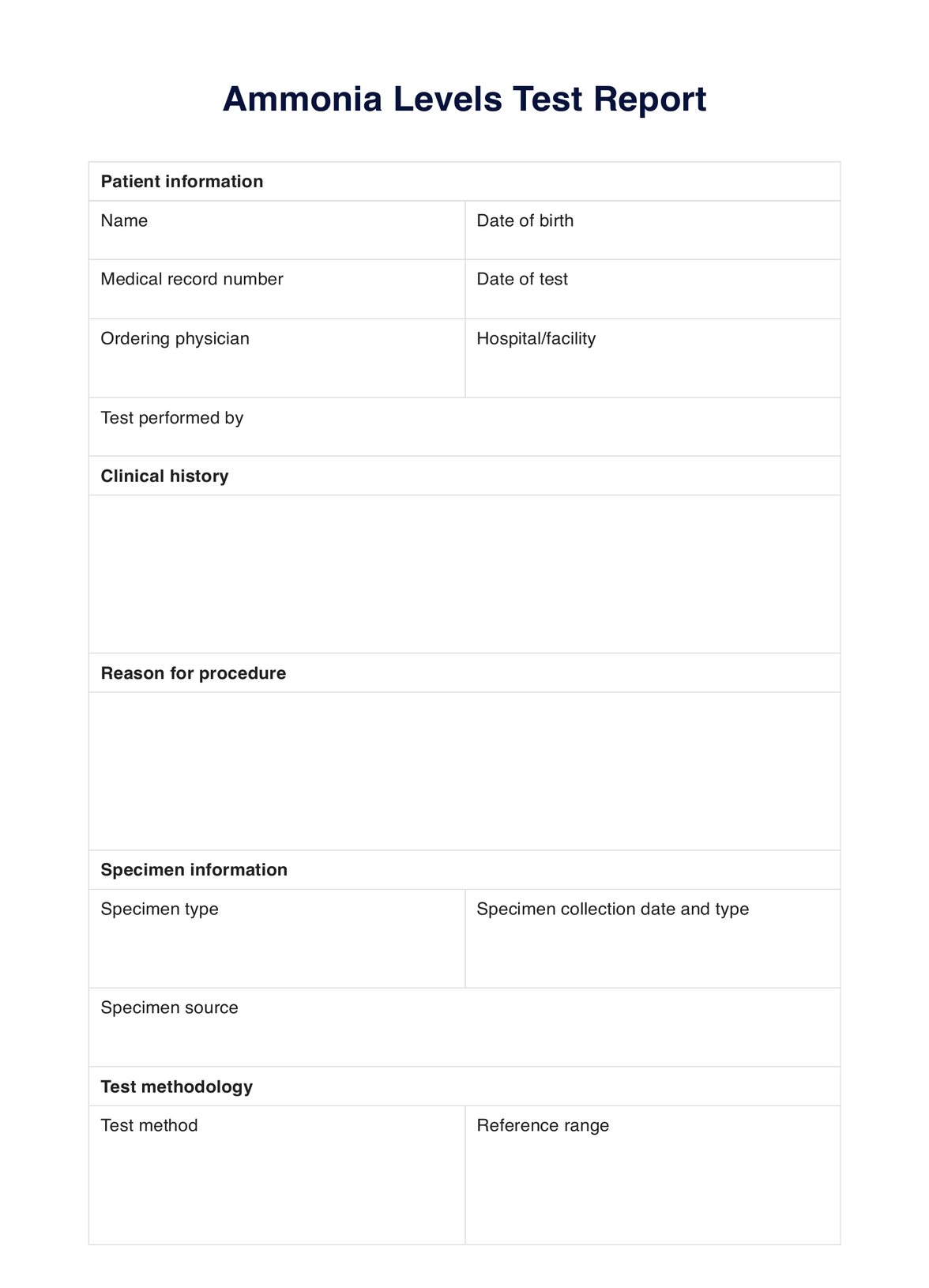
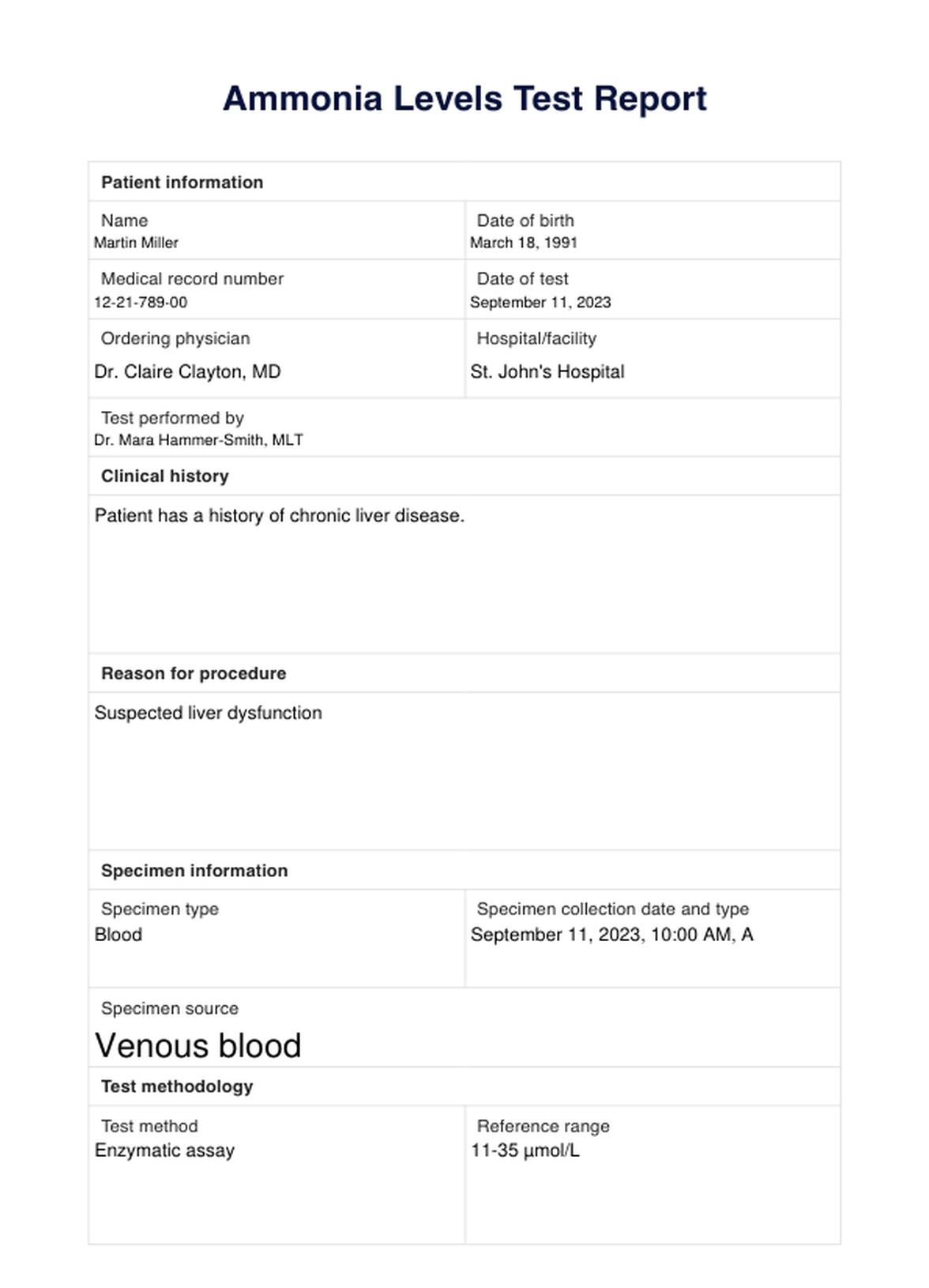


















-template.jpg)

















































































